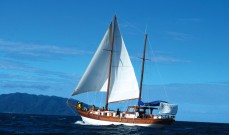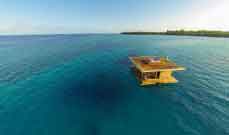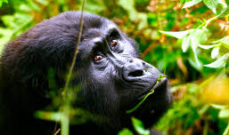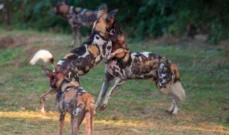MARA MIGRATION SAFARIS IN MASAI MARA
The Great Wildebeest Migration that takes place in the plains of East Africa, is arguably one of the world’s most action-packed, intriguing, and glorious displays of wildlife behaviour. For this reason, our travellers place importance on timing if they are to have the best front row seats to get a view of the event.
By sharing our local knowledge, personal experience, and our knowledge of the Masai Mara wildebeest migration safari, we help you experience the Mara migration safari.
What is the Great Migration in Masai Mara?
Masai Mara is of course the most known location of the wildebeest migration because of its well-known Mara River crossings. However, this has often caused some misunderstandings concerning the migration itself. All you need to know is that migration is the ongoing movement of animals that occurs throughout the year.
Where does it Occur?
The migration takes place in an area known as the “Serengeti ecosystem.”
This area is 40,000 square miles and consists of the Masai Mara National Reserve to the north, Ndutu, Maswa Game Reserve, and Ngorongoro Conservation Area in Tanzania to the south. The eastern, western, and central areas include Loliondo, Grumeti Reserve, the official Serengeti National Park as well as part of the southern expanse of Kusini together with other protected areas.
The migration is usually not an isolated event. Rather, the phrase tells of the continuous movement of more than 1.5 million wildebeests, hundreds of thousands of zebras, in addition to gazelles and elands.
Just as with other wildlife, the cause of this migration is the search for water and pasture. When the supply for the crucial resources gets exhausted in one area, the animals then move to other areas where grasses, water, and other sources are in plenty.
What is the best time to see the Great Migration?
One of the most anticipated events of the Great Migration is during the arrival crossing of the Mara River that takes place around late July to August with early parts of September. Again, their return to the south, around the final two weeks of October all through early November also draws a crowd.
These are mostly the best times to follow and view the yearly wildebeest migration in Masai Mara.
While the sight of the masses of animals marching across the open plains is striking, the crossing of the Mara River will have you go through a series of emotions from awe, inspiration, anticipation, to heartache and excitement.
The crossing has been covered numerous times in documentary films from National Geographic to the BBC. However, not even award-winning filmmaking can grant you the same experience as being on-site.
The Mara Thrilling Experience
Photos by Sutirta Budiman & Jorge Tung
Hordes of wildebeests collect on ledges above the river, and you can feel their urgency and wait. The energy in the air is perceptible. As you watch keenly, the wildebeests seem to be summing up their courage.
On some days, they depart the river’s edge and go their way across the plains to graze. But then, the day always arrives. The wildebeests again resume their stand above the river, their eyes wide with terror, and their breathing laboured. Each animal seeks a position that will afford them the safest path across the river to the opposite bank.
Hours often go by conversing with your safari guide as the animals cautiously watch the river water for crocodiles. Finally, with no alarm, a few of the animals dash towards the water, with thousands more close behind together with zebras, gazelles, and elands.
Your excitement quickly turns to fear. You are aware that time is of the essence. The crocodiles are closing in toward the slower and smaller animals. However, the snapping jaws are usually not the only threat to the animals. The current of the Mara acts on the animals with a determined ferocity, bringing to an end more lives than the predators.


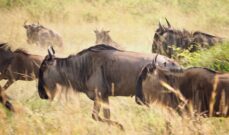
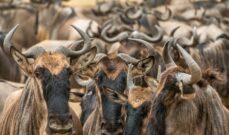
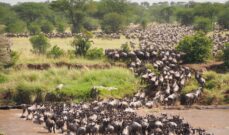







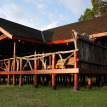
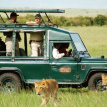






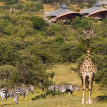




![Cottar's Camp Safari bath [640x480] Honeymoon Holidays](https://www.safarisonline.co.uk/wp-content/uploads/Cottars-Camp-Safari-bath-640x480-107x107.jpg)

